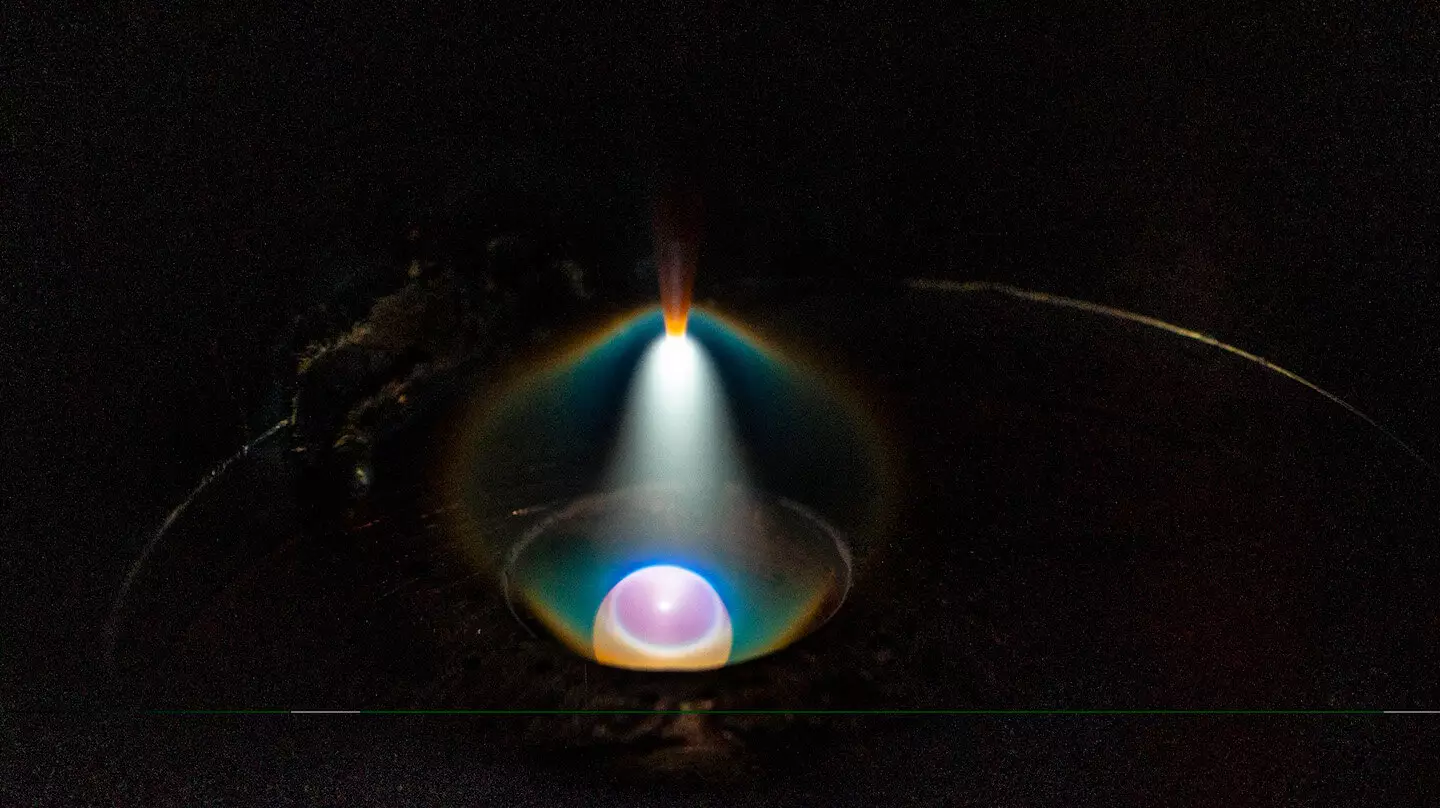When engineers design materials for specific environments, they often rely on traditional alloys such as steel and aluminum. Steel, for instance, melts at a staggering 2,500 degrees Fahrenheit, while aluminum succumbs to corrosion when exposed to moisture and oxygen. These materials serve us well in everyday conditions; however, they falter when exposed to extreme environments such as deep-sea operations, outer space, or the freezing Arctic. As we push the boundaries of exploration in these harsh settings, the demand for alloys that retain strength and performance under pressure increases significantly.
This presents a challenge. Conventional alloys, while versatile, are not universally resilient, and as our operations extend into less hospitable environments, it becomes imperative to explore alternatives. It is in this quest for enhanced performance that Multi-Principle Element Alloys (MPEAs) emerge as a groundbreaking solution. Comprising multiple elements in roughly equal proportions, MPEAs are designed to withstand significant variations in temperature, pressure, and corrosion, thus holding the potential to become critical materials for future engineering applications.
The Promise of Multi-Principle Element Alloys
MPEAs represent a departure from conventional approaches to alloy composition. While traditional materials typically excel in specific situations, MPEAs are engineered to achieve exceptional strength, toughness, and thermal stability across a range of temperatures and environments. Their unique properties also extend to corrosion resistance, making them ideal for environments that would degrade standard materials.
What’s even more fascinating is the multifunctionality that MPEAs can offer. They’re not just resilient; certain compositions can also be harnessed for electronic or magnetic properties, opening the door to innovative applications in technology and engineering that had previously been considered out of reach. This adaptability can transform industries where specific material characteristics can lead to groundbreaking advancements.
A Groundbreaking Approach to Alloy Discovery
In a recent endeavor, researchers at the Johns Hopkins Applied Physics Laboratory (APL) have taken a transformative step in alloy design, leveraging complex microstructures to expedite the development of MPEAs. By creating an efficient method for synthesizing multiple unique compositions, the APL team combines advanced data analytics with iterative feedback loops to refine alloy design. The backbone of this innovation is a physics-informed Bayesian optimization algorithm, known as PAL 2.0, which has been pivotal in predicting the best MPEA compositions for desired properties without requiring an extensive database.
This closed-loop system not only streamlines the design process but also fosters an environment of rapid experimentation. The team continuously cycles through the stages of prediction, fabrication, testing, and analysis, increasing the number of preferred compositions with each iteration. As they progress, they refine their methodologies based on hard data, allowing them to leap forward in material development reliably.
The Role of Advanced Characterization Techniques
Crucial to this process is the integration of cutting-edge materials characterization methods. The APL team employs techniques such as scanning electron microscopy (SEM) and energy-dispersive X-ray spectroscopy (EDS) to meticulously analyze the microstructures of newly synthesized alloys. These techniques not only identify the phase compositions but also enable them to understand the mechanical properties by using methods like nanoindentation. This multifaceted approach allows for the mapping of phase compositions to unique microstructures, leading to the discovery of new materials with potentially unprecedented properties.
By collecting data from various points in a sample, the team can build a robust database. Over 7,000 individual data points derived from 17 unique MPEAs showcase the vast landscape of possibilities inherent in alloy design. As researchers tap into this rich information, they can identify and engineer materials that fulfill specific mechanical requirements, particularly in applications demanding superior hardness and durability.
The Path Forward: Accelerated Material Discovery
The implications of these advancements are monumental. As the aerospace industry, military operations, and other sectors continue to explore extreme environments, the ability to develop materials that are highly resistant to degradation and failure will only become more critical. This research from APL demonstrates a template for future endeavors in material science—one that emphasizes the importance of rapid, data-driven development of next-generation materials.
As more tools for high-throughput characterization are developed, the landscape of materials science will transform. This not only paves the way for innovative solutions but also positions researchers to tackle complex challenges head-on, crafting materials that are not just functional, but exceptional in resilience and capability. The future of engineering lies in approaches like these, where data and creativity converge to revolutionize material discovery, driving us toward new horizons in technology and exploration.


Leave a Reply